Why didn't pay the heavy "Beast of Omaha" — a German who killed 2000 Americans
Categories: History
By Pictolic https://pictolic.com/article/why-didnt-pay-the-heavy-beast-of-omaha-a-german-who-killed-2000-americans.htmlThe allied landings in Normandy in the early summer of 1944, can be called the most tragic page in the history of the us army. Despite the fact that the German line of defense "Atlantic wall" was never finished, landing on the coast was accompanied by enormous losses of manpower and military equipment. German machine gunner nicknamed "the Beast of Omaha" was one of the weird legends of this episode the Second world war.
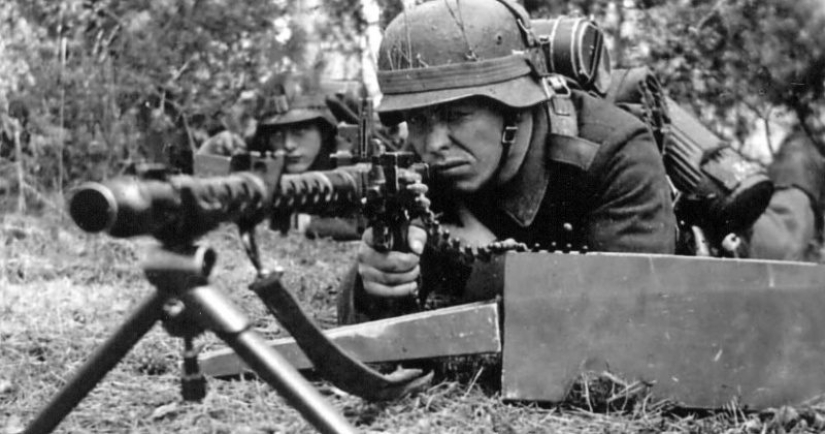
Due to the lack of time and resources that the Germans with each passing month of the war were felt all more strongly, the construction of a continuous line of fortifications of the "Atlantic wall" turned into the construction of some concrete FORTS. The Germans called them Widerstandsnester ("resistance Nests"), and each was assigned a name of two letters WN and a sequence number.
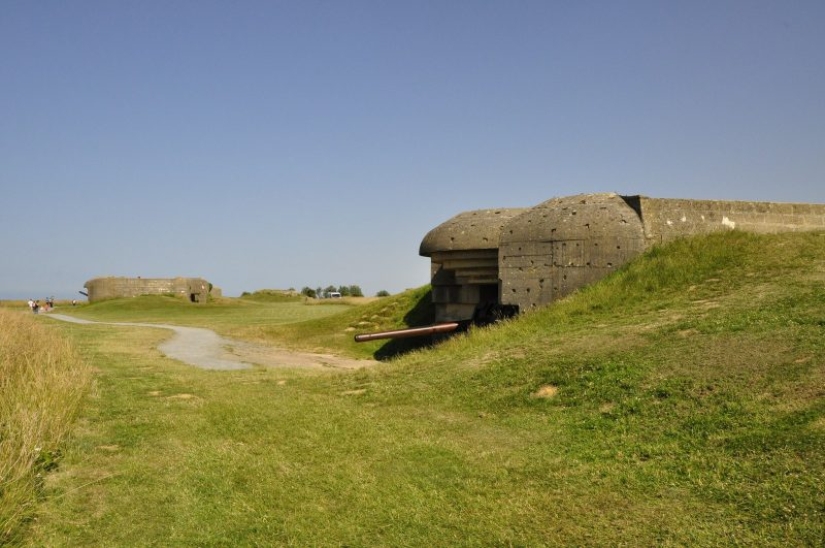
The remains of the fortifications of the "Atlantic wall"
In the Gaza invasion, which had the code name "Omaha beach" were the reference points from the WN-60 to WN 74 and it is here that unfolded the tragic events on the coast. From the very beginning, everything went as it should. Naval artillery was to suppress the firing points of the enemy, but worked on the goals very badly, causing minimal damage.
Then it was the turn of soldiers they began to plant at a depth of 2 meters, so the first victims in the sector of "Omaha beach" appeared before the Nazis opened fire. Bear in them the arms and ammunition the soldiers were drowned in the sea near the shore.
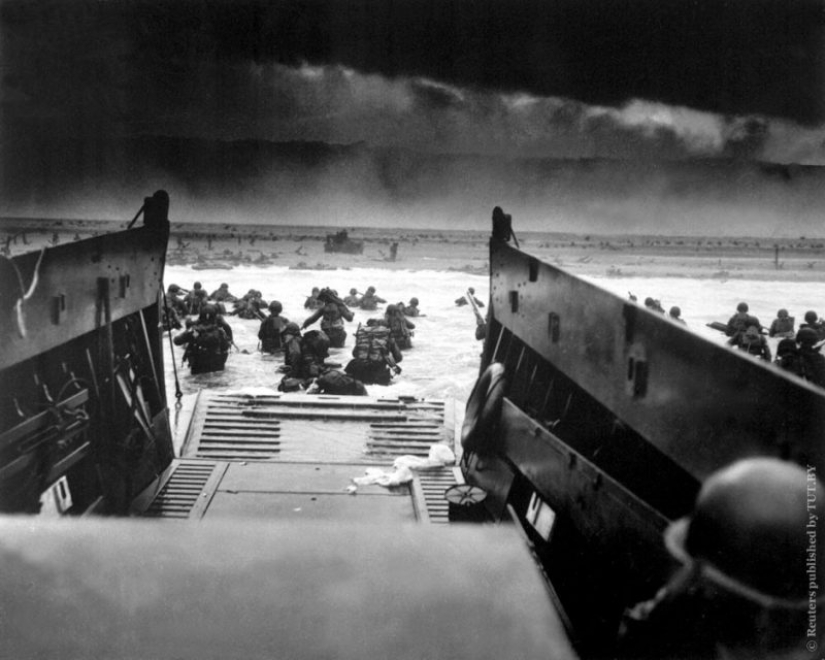
It was at this tragic moment and earned the German machine guns, without a miss reseptia wandering on the chest in the water Americans. Captain Richard Merrill, 2nd Ranger battalion later recalled that moment this way:
Soldiers of the 5th corps of the 1st American army, who were lucky enough to get live to the beach, came under fire strengthening of WN-62, which served as a young gunner lance corporal Heinrich Severloh. In the war he was a second year, but in serious battles did not participate never before. In 1942, when the guy was not yet 20, he was drafted in the 19th light artillery reserve division in Hanover-Bothfeld.
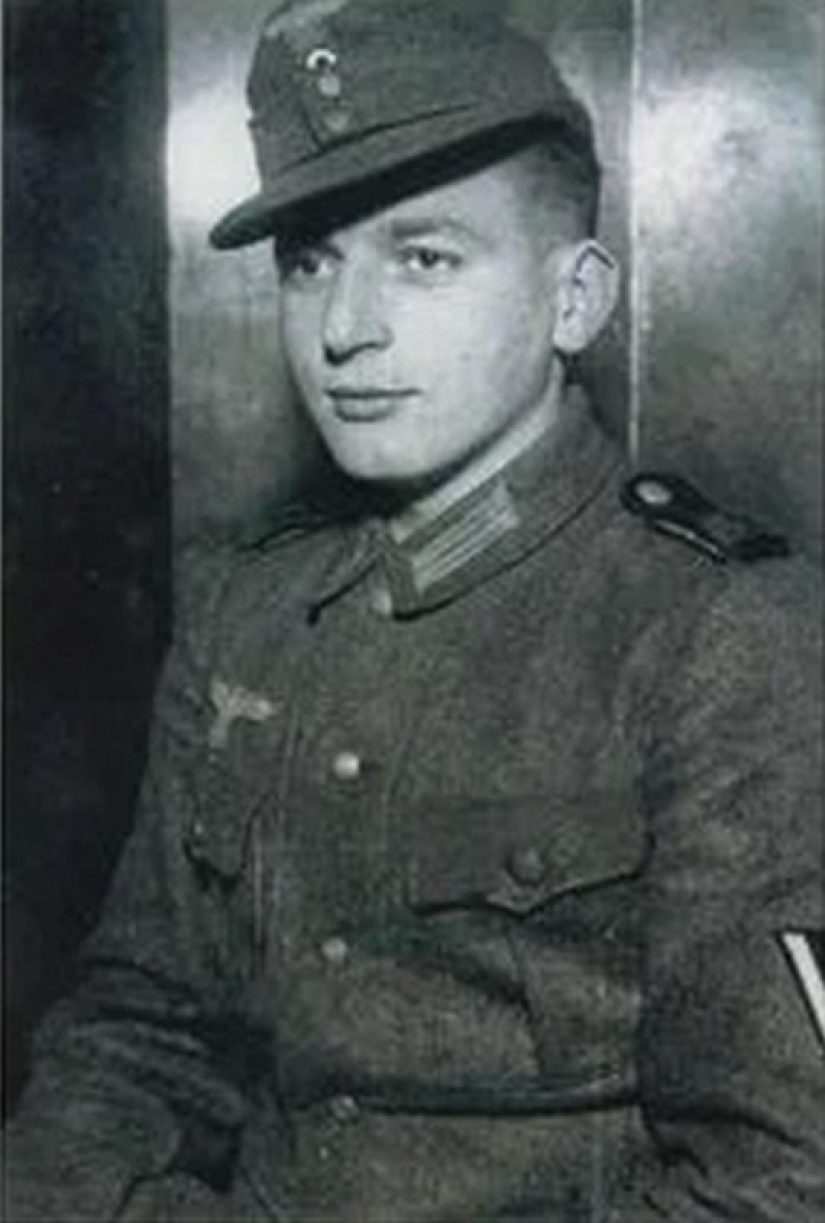
Henry Severla
After that, Henry served in France, performing simple duties of motocourier in one of the infantry divisions of the Wehrmacht. In 1943, Severla were sent to forced labor for his long tongue — reasoning young courier who some of the guys seemed politically immature and dangerous.
But Henry was not created for digging trenches and construction of the bunkers — he soon fell ill and was sent to the hospital. Thence the young soldier went back not abundantly watered with the blood of the trenches of the Eastern front, and on the coast of Normandy, where it was quiet and the service was more like a resort vacation. But it was not long — allies operation overlord turned the endless deserted beaches in a real hell on earth.
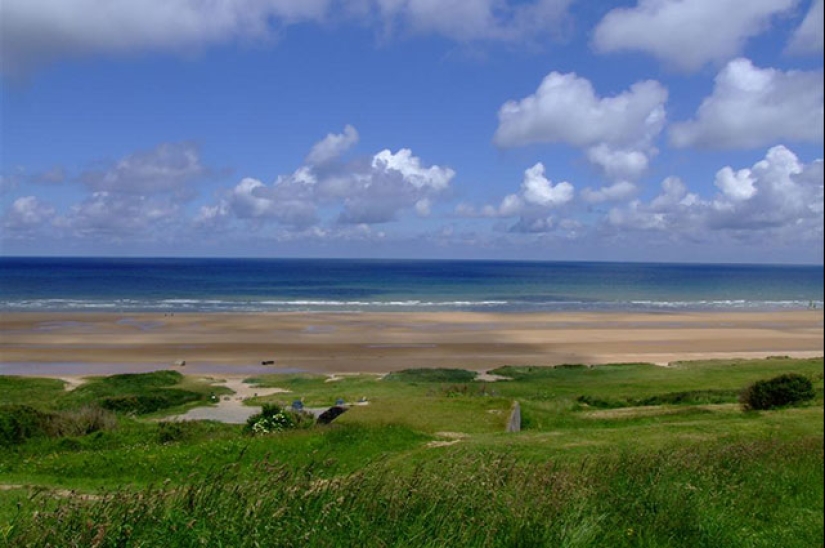
The modern view of the sector "Omaha beach" from the place where the machine gun Severla
So Severla remembered in meetings with reporters this moment decades later. When the distance to landing barges Americans was reduced to a couple of hundred meters, and fold the ramp began to open and to release the first fighters, Oberleutnant Bernhard Frerking, who headed the Department of Henry, gave the command to open fire.
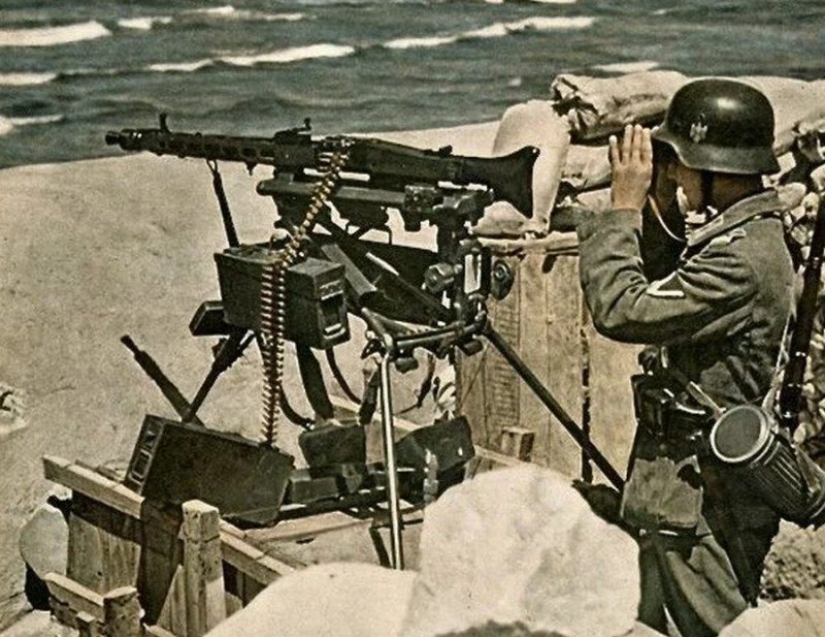
This is an excerpt from the memoirs of Severla in which he described the beginning of this lengthy battle. First toll was in the tens, then hundreds, and then gunner started to lose sense of time and reality. His fingers were cramped, face burned from the heat coming from the barrel of his infernal machine, and the arm was swollen like a pillow.
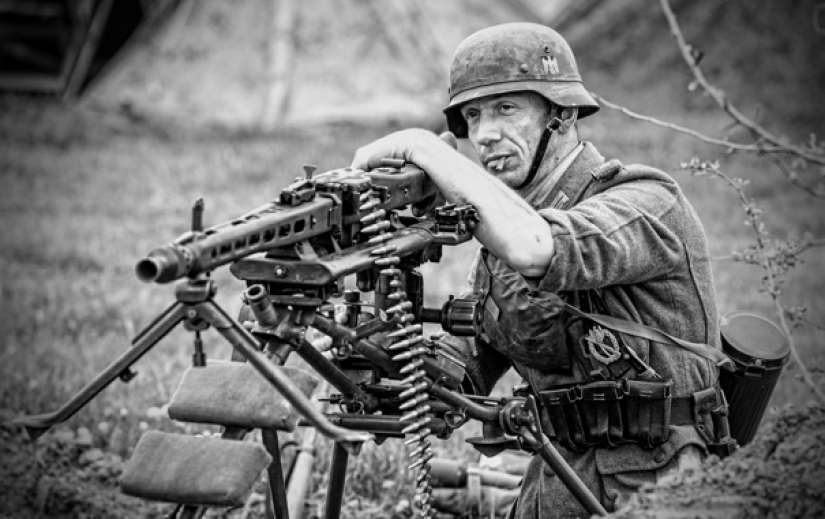
A few hours of the battle Hans Severloh spent all available in stock 12 thousand rounds for the machine gun and 400 rounds for the carbine. The beach in front of his pillbox was covered with an almost continuous layer of dead and wounded, and the bodies of the first victims of the wave have already swept into the open sea.
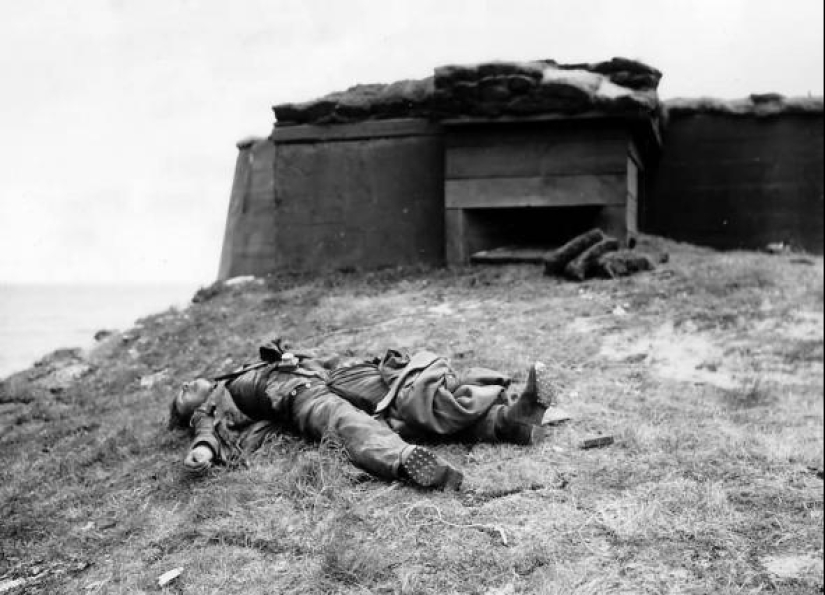
During interrogation, Henry called his name, but prudently said nothing about his successful work on "Omaha beach". Therefore, the machine gunner, along with other soldiers, was sent to USA where he worked in the cotton and potato in the state of Mississippi.
In 1947 Henry was sent to England and from there he was sent home, in his hometown of Metzingen. About his role in the battle for the Normandy coast ex-soldiers of the Wehrmacht were silent until 1960, until chance brought him together with writer Paul CAREL, a former obersturmbannfuhrer SS Paul Schmidt.
With a former colleague Severo open up and his story was included in the book of Karelia about the battle for Normandy. But this opus is a former Nazi somehow passed unnoticed by the public and about Severla no one remembered. So Henry lived a staid life of an ordinary provincial burgher until 1984, until he decided to give an interview to the American journalists to prepare the transfer for the 40th anniversary of the allied landings.
Henry Severla meets American veterans on the beach in the sector of "Omaha beach"
Conversation with the press lasted nearly four hours and during it Henry Severla not only described all the details of the bloody massacre, but called the number of victims is around 2000. Soon the interview came out on ABC and the former corporal of Wehrmacht immediately became a celebrity.
He was invited to the show and meeting, he was interviewed, he was hated and admired. Everything was exactly as it happens in society when they find another bloody maniac. Talking about the fight, Severla always asked forgiveness of those whom he has brought grief and depicted sincere regret. It was evident that the Germans flattered by such attention and the nickname "the Beast of Omaha", which gave him susceptible to loud phrases reporters.
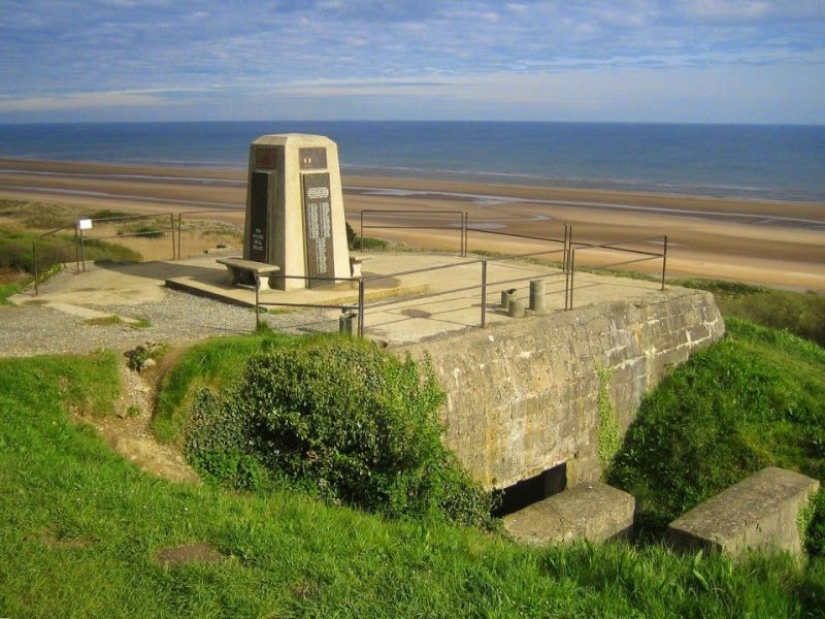
A memorial obelisk on the strengthening of WN-62
In 2000, Henry Severloh has released a book of memoirs. Its popularity has slightly waned, but he still was a mandatory participant in the meetings of British and American veterans of the Normandy landing. Died gunner, killed 2,000 Americans in 2006 at the age of 82 years in one of the nursing homes of the city of Lachendorf.
At the end of our story I must say that many historians and military experts casts doubt on the story Severla of 2000 dead paratroopers. According to knowledgeable people, it is impossible, even given the excellent performance of the machine gun MG 42. It should be remembered that Henry wasn't a Pro-gun business and was faced with this weapon shortly before his first and last battle.
Keywords: The Americans | Military surgery | World war II | Troopers | Nazis | Normandy | Weapons | Prisoners | Arrow | Fortification | France
Post News ArticleRecent articles

In November 69 BC, she was born Cleopatra, the last Queen of Egypt from the Macedonian dynasty of the Ptolemies. Cleopatra, perhaps ...

Explosions of smartphone batteries and short circuits in sockets no longer become a sensation, but few people know that the danger ...
Related articles

General Dmitry Karbyshev — one of the Soviet commanders who performed his duty to the end. This man was captured in the battle, ...

The name of Boris Skosyrev is not very familiar in our country, but in Europe this man was remembered very well. This energetic and ...

In April 1943, off the coast of the Spanish town of Huelva, fishermen picked up a drowned man in the uniform of a British Marine ...

It is believed that the appearance of gray hair — it is a sign of aging, the gradual extinction of the organism. Many ...